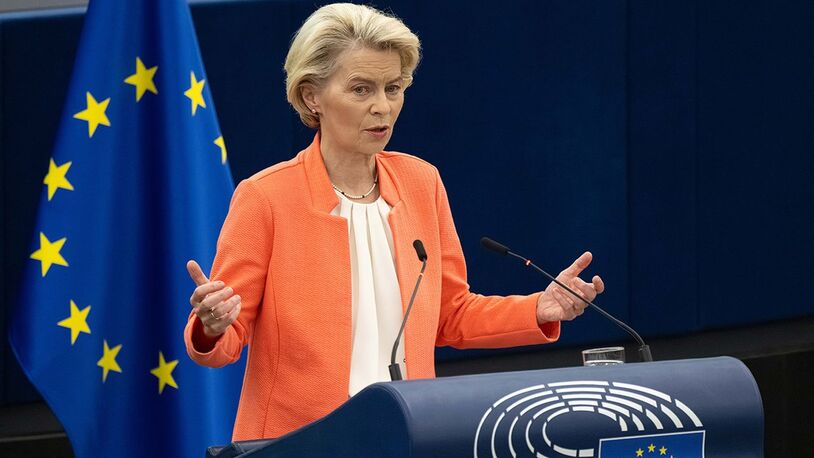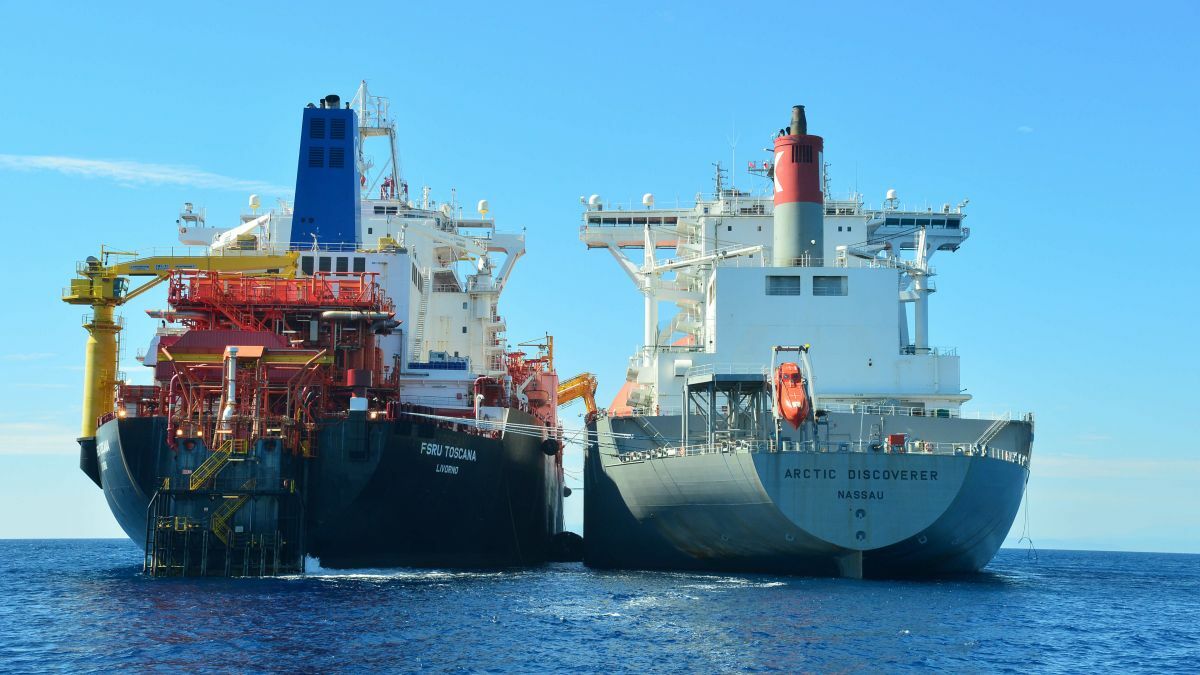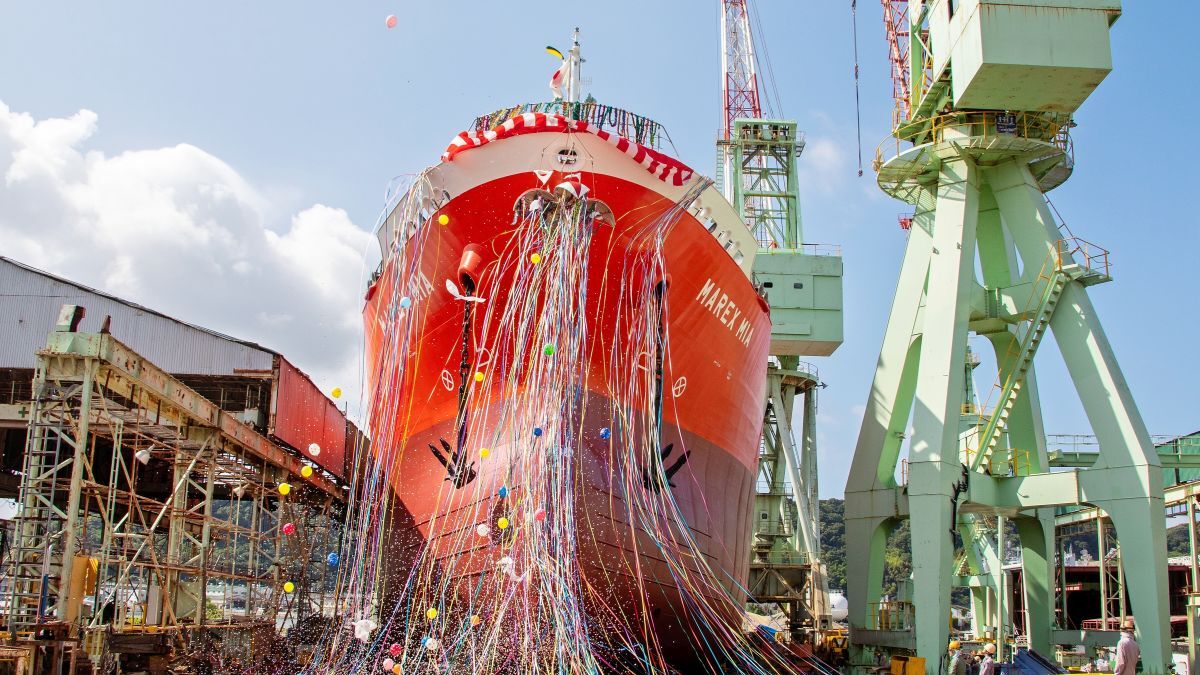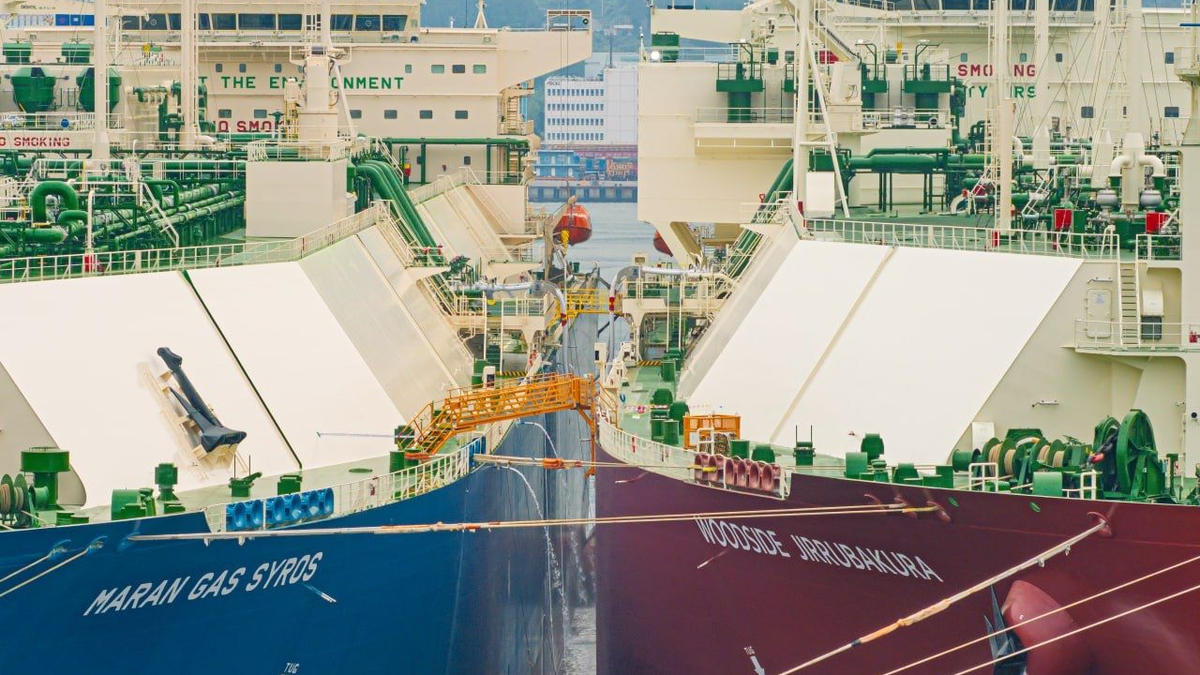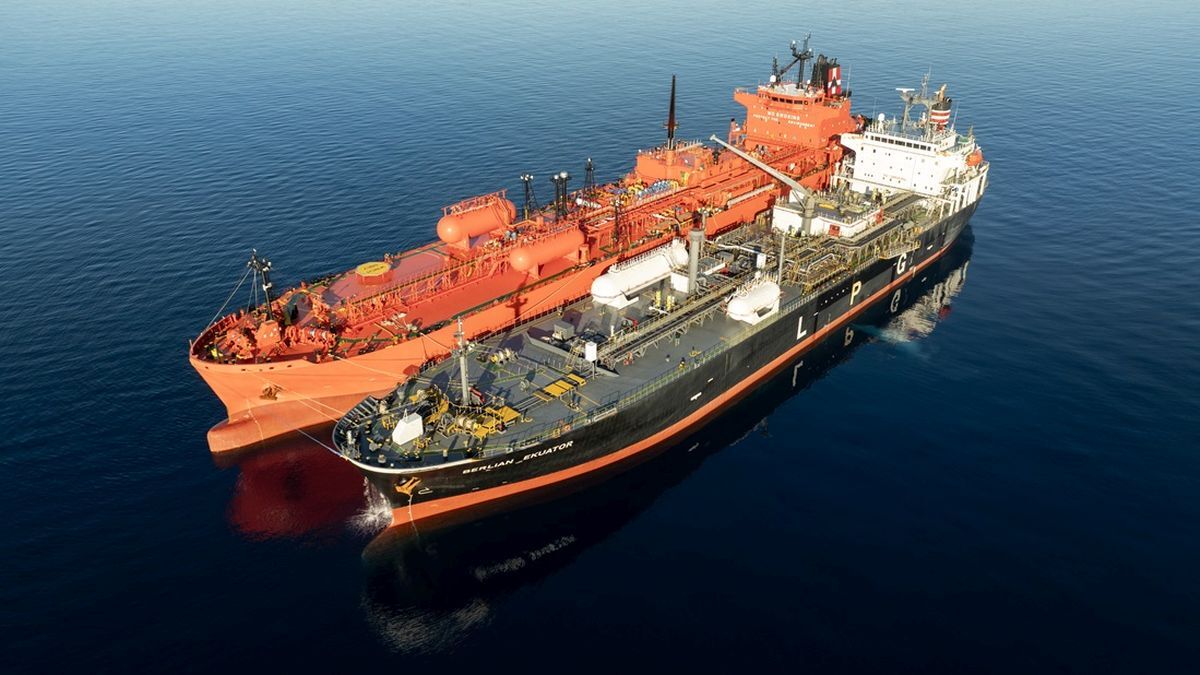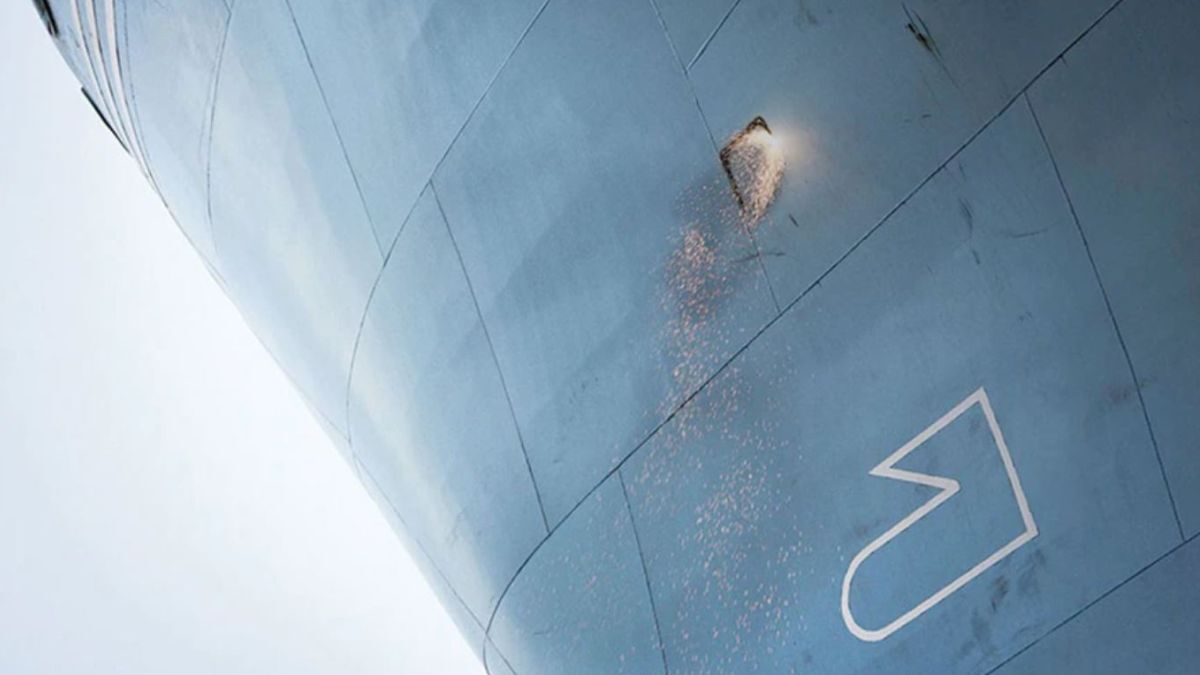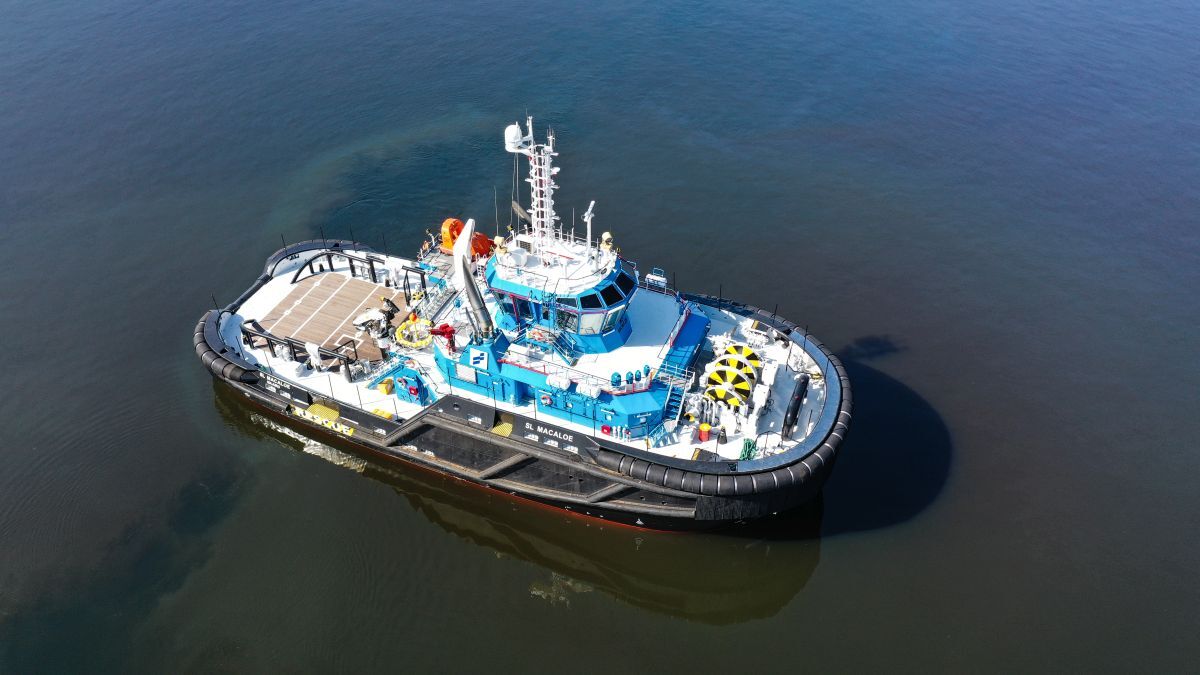Business Sectors
Contents
The Sandia test programme
The LNG carrier damage research programme carried out by Sandia National Laboratories (SNL) over the 2008-2011 period included the largest LNG pool fire tests ever undertaken. A special experimental facility was built at SNL’s Albuquerque, New Mexico facility and LNG was ignited over pools of water of around 40m, 70m and 100m in diameter.
The tests formed part of an investigation into the probability of cascading cargo tank damage on a ship following an LNG spill and subsequent fire. The Februry 2007 report issued by the US Government Accountability Office (GAO) ranked the possibility of cascading tank damage as the accident scenario most worthy of further investigation. The finding prompted the approval of the necessary funding from Congress and the establishment of the SNL research programme.
SNL evaluated a series of cargo tank breaching scenarios, each with a specified location and size of breach, for ships with both membrane and Moss spherical tank containment systems.
The ship accident site considered was in nearshore, calm waters.
For each of the breaching scenarios SNL examined the extent of LNG flow; the cooling of the steel structure and the extent of damage due to cryogenic temperatures; the impact of the external fire and heat-up of steel structure; and the ways in which the hydrostatic load on the vessel and ship stability continued to redistribute as damage progressed.
The detailed study programme employed a range of sophisticated analysis methodologies, including heat transfer analysis and fire modelling; cryogenic damage testing and model development; ship stress, damage and stability analyses; and LNG flow analysis. An indication of the rigour of the investigation is given by the fact that the finite element methodology used to analyse the behaviour of ship hull structures utilised 4-6 million elements.
A key part of the test set-up was a facility that enabled assessment of the impact of releases of cryogenic liquids on various metals. Results from the exploration of the behaviour of thermally induced crack propagation on various ship steels and damage sites were fed into the damage model.
The overall conclusions of SNL’s 2008-11 research programme and the resultant US Department of Energy final report released in 2012 are covered in the accompanying article on page 51. LNG
Related to this Story
Orderbook tilts to alternative fuels as deliveries rise
Events
LNG Shipping & Terminals Conference 2025
Vessel Optimisation Webinar Week
Marine Coatings Webinar Week
© 2024 Riviera Maritime Media Ltd.


